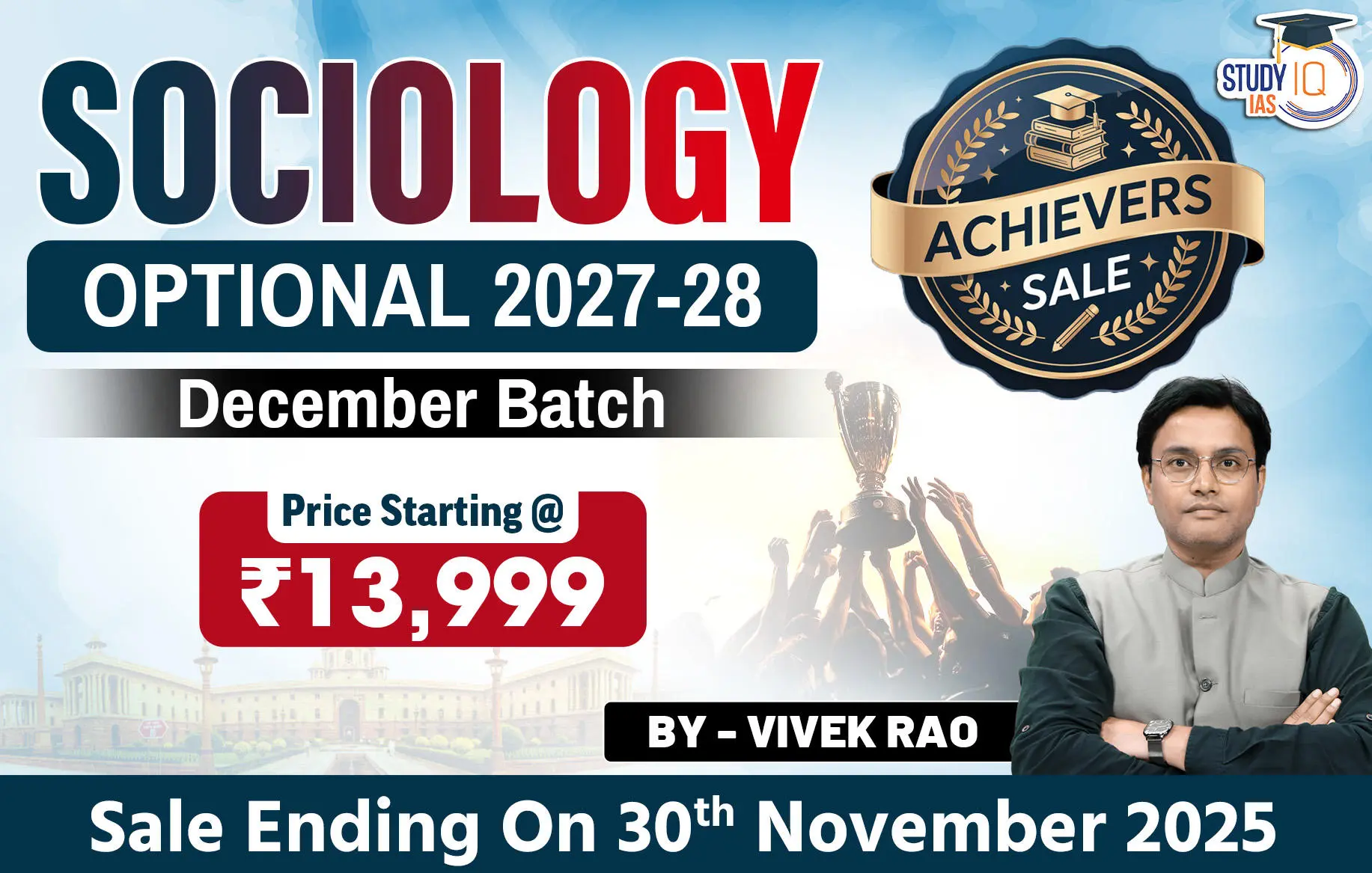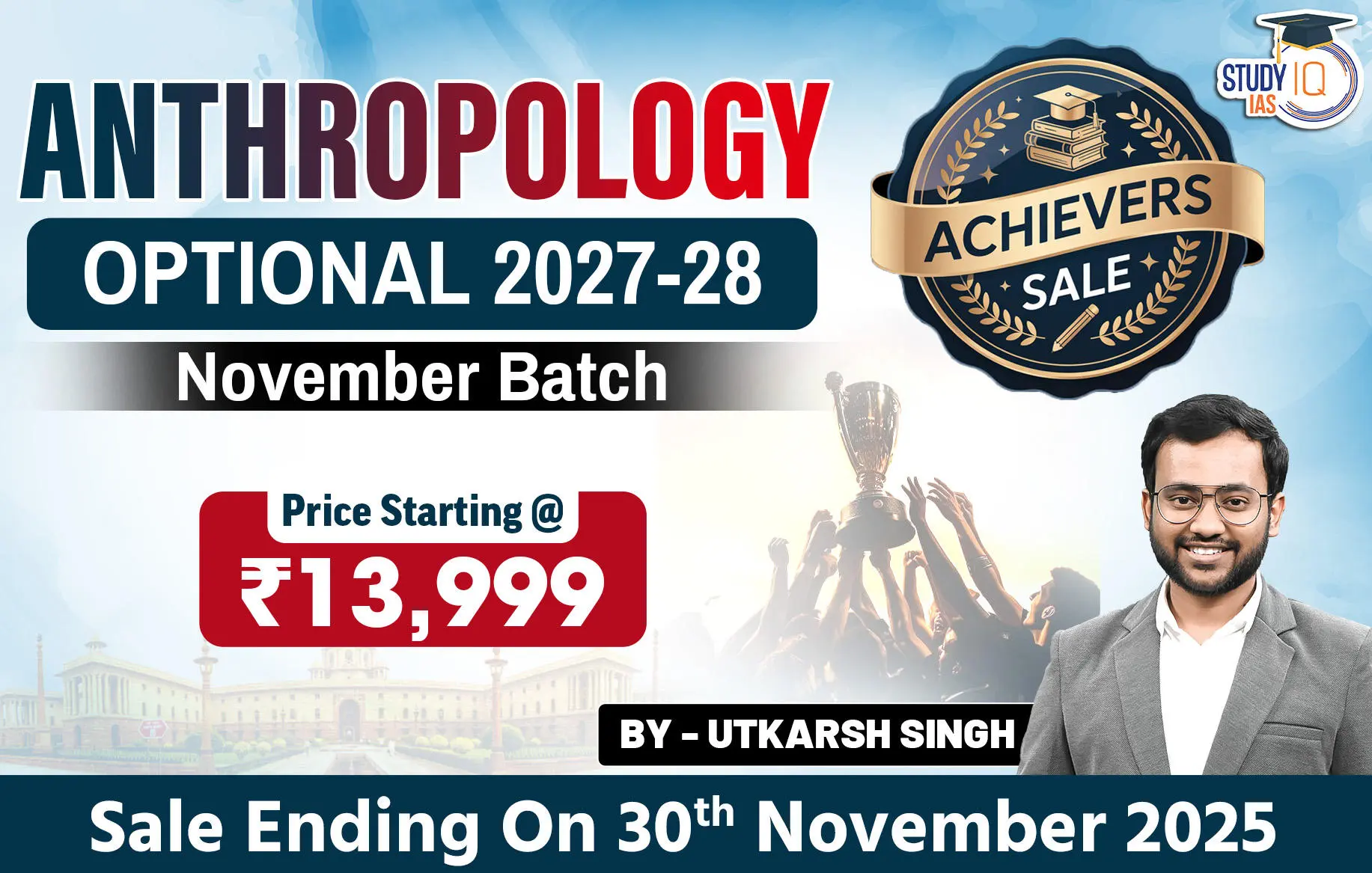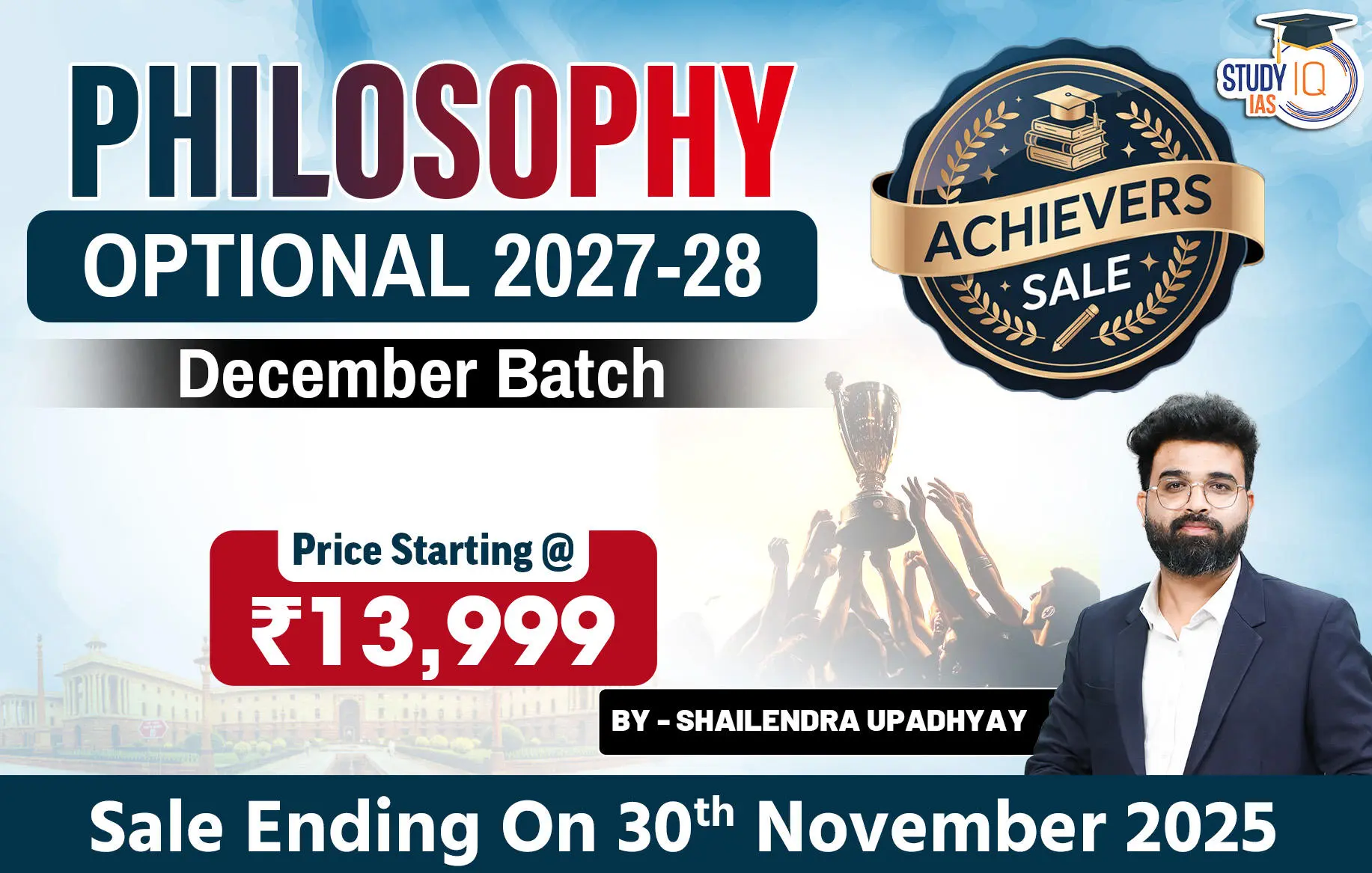Table of Contents
Thought Finds a World and Creates One Also UPSC Essay
Approach |
|
Introduction
- In 1947, as India awaited independence, Jawaharlal Nehru spoke at midnight: “At the stroke of the midnight hour, when the world sleeps, India will awake to life and freedom.” Those words, born out of centuries of thought and struggle, did not merely describe reality – they created it. The idea of an independent India was a “thought” that found “words” and created a “new world.”
- The phrase “Thought finds a word and creates one also” means that every thought, when expressed, gives birth to something new – an idea, a movement, a technology, or even an entire civilization. Words are not just mirrors of thought; they are the very instruments that shape reality.
- From Gandhi’s “Satyagraha” to the French Revolution’s cry of “Liberty, Equality, Fraternity,” history shows how words born from thought have changed the course of events. Yet, at the same time, words can also fail or even mislead. Thus, the theme requires us to look at both sides – arguments and counter-arguments.
Meaning of the Statement
- “Thought finds a world” – refers to the power of human imagination and reasoning to discover meaning in the existing reality. It perceives patterns, systems, and truths in the world around us.
- “Creates one also” – thought is not only reflective but also generative. It produces new realities—social, cultural, political, scientific, and spiritual.
Thus, thought is both interpretative (finding a world) and creative (building a new one).
|
Anecdotes |
|
Main Body – Thesis
- Thought as the Seed of Human Civilization: Ancient humans imagined gods, myths, and rituals to explain natural forces. These thoughts gave rise to early civilizations.
- Eg: The Vedic thought system laid the foundation of Indian philosophical traditions
- Eg: Greek thought—Socrates, Plato, and Aristotle—provided intellectual frameworks that continue to shape governance and science.
- Thought and Scientific Progress: Scientific thought discovers natural laws. Newton “found” the law of gravity already existing in nature. Einstein’s relativity created an entirely new worldview of space and time.
-
-
- Eg: Industrial Revolution was born out of scientific thought, creating modern economies.
- Eg: Today’s digital revolution-AI, quantum computing-emerged from abstract mathematical thoughts.
- Thus, science shows how thought not only reveals truths but creates new realities of human existence.
-
- Thought in Social and Political Transformation: Freedom struggles were first fought in the realm of thought.
- Eg: Gandhi’s idea of Ahimsa and Satyagraha created a non-violent world of political struggle.
- Eg: The American Revolution was inspired by Enlightenment thought (liberty, equality, fraternity).
- Thought in Literature, Art, and Culture: Literature and art create imagined worlds that shape human consciousness. Cinema today shapes social values, creating new cultural worlds. Thus, creative thought generates alternative realities that influence how people feel and act.
- Eg: Shakespeare’s works created timeless characters that live beyond history.
- Eg: Tagore’s poetry shaped nationalist imagination in India.
- Thought in Science–Society Interface (Modern Dimension):
- Scientific Discovery: Einstein’s thought experiment on relativity found expression in equations, creating nuclear power and GPS technology.
- Space exploration: The thought that humans could leave Earth led to satellites, moon landings, and now Mars missions.
- Artificial Intelligence: What was once a philosophical thought experiment is now reshaping economies and societies.
- Environmental thought: Rachel Carson’s Silent Spring created a new world of ecological consciousness, leading to environmental movements globally.
Anti-Thesis
- Thought Without Action is Incomplete: A mere thought, no matter how brilliant, cannot create a new world unless it is translated into action. Dreams and ideas are valuable, but history remembers those who implemented them.
- Eg: Leonardo da Vinci imagined flying machines, but they remained sketches until technological action centuries later made aviation possible.
- Eg: Indian freedom struggle – the thought of independence had existed for decades, but it materialized only when leaders mobilized people into active struggle
- Action is the bridge that converts thought into reality; without it, thought remains abstract.
- Material Conditions Often Shape Thought, Not the Other Way Around: Thought is often a product of the material world rather than its creator.According to Marxist materialist theory, social and economic conditions determine human consciousness more than abstract thought.
- Eg: Industrial Revolution was not just born of ideas but from Europe’s access to coal, colonies, and capital accumulation.
- Eg: Reformist thought in India (abolition of sati, women’s education) succeeded only when material changes like printing press, modern education, and colonial laws supported them.
- Thought Can Be Destructive Too: Not every thought creates a better or progressive world; history also shows how misguided ideas have led to ruin and violence.
- Eg: Nazi ideology of racial superiority created a world of genocide and war.
- Eg: Religious fundamentalist thoughts have fueled terrorism and prolonged conflicts in South Asia and the Middle East.
- Eg: Nuclear weapons emerged from scientific thought, but they created a world of existential threat.
- Collective Acceptance is Necessary: A thought, however revolutionary, cannot create a world until it gains social acceptance and institutional backing. One individual’s imagination cannot change society unless others participate.
- Eg: Galileo discovered heliocentrism, but the world continued to believe in geocentrism for centuries. His thoughts alone did not create a new world immediately.
- Eg: Jyotiba Phule and Ambedkar’s reformist thoughts faced resistance for decades, as entrenched caste structures blocked their realization.
- Thought is powerful, but collective will and institutions are equally important to shape a new reality.
- Chance and Serendipity Also Drive Change: Not all progress comes from deliberate thought; sometimes accidents, chance, or trial-and-error discoveries create breakthroughs.
- Eg: Penicillin was discovered accidentally by Alexander Fleming, reshaping modern medicine.
- Eg: X-rays were found accidentally during experiments by Wilhelm Röntgen.
- Thought is Limited by Culture and Language: Thought does not exist in a vacuum; it is shaped and restricted by cultural norms, social hierarchies, and language. This limits its ability to create new worlds universally.
- Eg: Indigenous knowledge systems were often ignored because they were not articulated in dominant Western languages.
- Thought’s capacity to create worlds is bound by social power structures and may remain suppressed if not expressed or recognized.
Conclusion
- Human civilization itself is proof of this chain: we think, we express, and we build. From the first cave paintings to the Universal Declaration of Human Rights, every step of progress began as a thought that found words and created a world.
- In our age of AI and social media, the responsibility of words is even greater, for they can instantly create new worlds of cooperation or conflict.
- While thought is indeed a powerful driver of discovery and creation, it is not an autonomous force. Action, material conditions, ethical orientation, collective acceptance, and even chance play equally important roles. Thus, thought may be the seed of a new world, but for that seed to bloom, it requires soil (material conditions), sunlight (collective acceptance), and careful nurturing (action and values).
- As Victor Hugo wrote, “Nothing is more powerful than an idea whose time has come.” Truly, thought finds a word – and in doing so, creates a world.


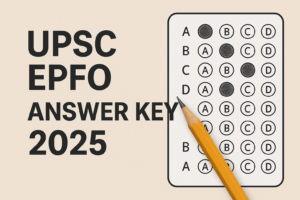 UPSC EPFO Answer Key 2025 Out (Unofficia...
UPSC EPFO Answer Key 2025 Out (Unofficia...
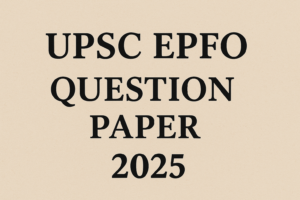 UPSC EPFO Question Paper 2025 PDF Downlo...
UPSC EPFO Question Paper 2025 PDF Downlo...
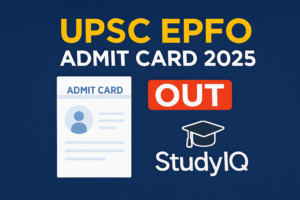 UPSC EPFO Admit Card 2025 Out @ upsc.gov...
UPSC EPFO Admit Card 2025 Out @ upsc.gov...




